
It created an electric pickup and an electric SUV while prepping a monster IPO.
It now plans to sell an even cheaper SUV that could make Rivian a dominant EV player for years to come.
These changes mean that, for the first time since the company broke stealth in 2018, Rivian’s immediate future is actually remarkably clear.
Fisker is on the brink of bankruptcy after dealing with underwhelming sales of its electric SUV and myriad quality and service problems.
If Rivian wants to survive long enough to ship its more affordable mass-market R2, it really needs these revamped vehicles to sell well.
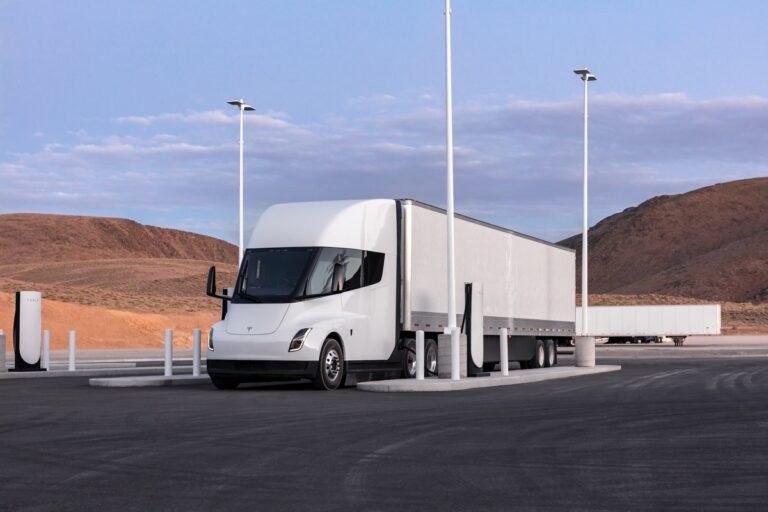
Combined with around $24 million of its own money, Tesla wanted to build nine electric semi-truck charging stations between Laredo, Texas and Fremont, California.
“The project will help create a hydrogen corridor from southern California to Texas,” the Department of Transportation wrote in a statement in January.
“Funding hydrogen stations will go down as purely wasted money,” Patel told TechCrunch this week.
While he no longer speaks on behalf of Tesla, he also criticized funding hydrogen infrastructure when he was still with the company.
Despite all this, the Tesla Semi program is still slowly attracting customers.

Indian ride-hailing giant Ola is shutting down its operations in the UK, Australia and New Zealand, six years after expanding to international markets as it shifts focus to shoring up its domestic business ahead of an initial public offering.
An Ola spokesperson told TechCrunch that the SoftBank-backed ride-hailing startup sees “immense opportunity for expansion in India,” where it operates in hundreds of cities and offers a range of transportation options, including two-wheelers.
“With this clear focus, we’ve reassessed our priorities and have decided to shut down our overseas ride-hailing business in its current form in the UK, Australia and New Zealand,” the spokesperson added.
The startup plans to file for an initial public offering after the public listing of Ola Electric, the leading electric two-wheeler brand in India that spun out of Ola.
Ola Electric is looking to raise $662 million from its IPO in India, according to paperwork it filed late last year.

Apple is laying off 614 employees in California after abandoning its electric car project.
According to the WARN notice posted by California, Apple notified the affected employees on March 28 and the changes will go into effect on May 27.
Affected employees worked at eight locations in Santa Clara, roughly 45 miles south of San Francisco.
The company first started working on its car project, known internally as “Project Titan,” in 2014, and told employees that it was cancelling it on February 27.
Bloomberg reported at the time that some remaining employees who were working on the car project would be shifted to Apple’s generative AI projects.
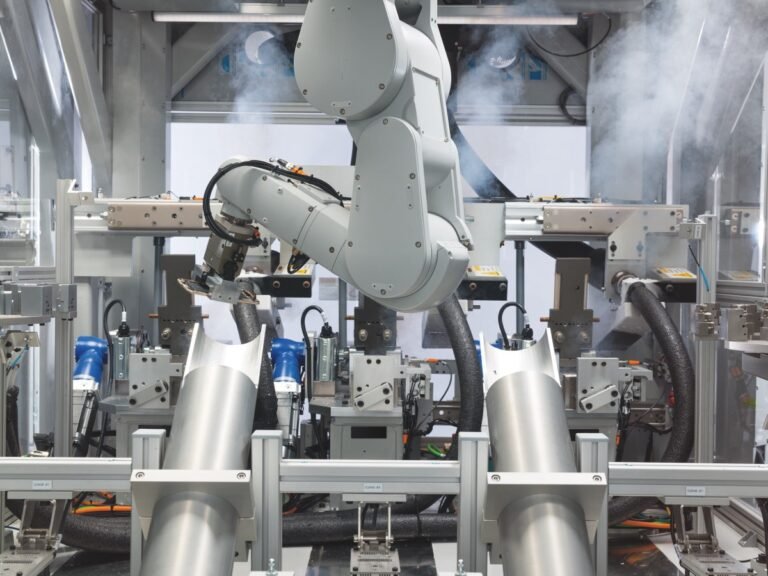
With the Apple Car firmly in the rearview, the company is reportedly exploring yet another notoriously difficult path: home robots.
In spite of those efforts, however, the company has fared best when it focused its resources back into its robot vacuum.
The hockey puck design that’s prevalent across robot vacuums isn’t ideal for anything beyond the core functionality it’s built for.
That’s likely a big part of the reason the company is selling it as a development platform.
There’s nothing wrong with teleop in many scenarios, but it seems unlikely that people are going to flock to a home robot that’s being controlled by a human somewhere far away.
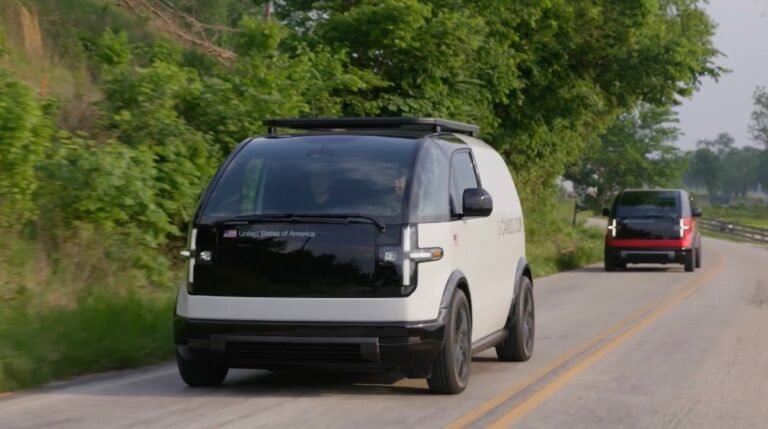
Bankrupt commercial EV startup Arrival has sold some of its assets, including advanced manufacturing equipment to Canoo, another struggling startup trying to build and sell electric vehicles.
Canoo said the purchased assets, packed into more than 20 container ships, will be sent to the company’s facility in Oklahoma.
The company previously acquired all of the new, and “like-new” assets owned by Arrival’s business unit in the United States.
Arrival announced in January that it planned to sell off assets and IP from its U.K. division after filing for bankruptcy protection in the U.K.
Arrival never produced any commercial vehicles at scale and its market valuation is now around $7.7 million.
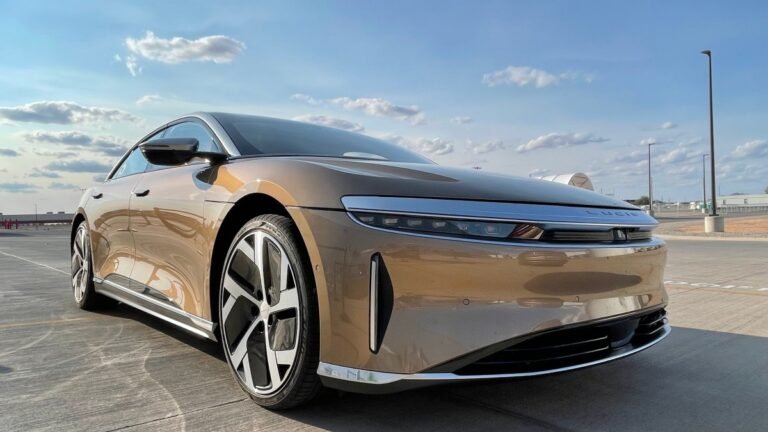
Lucid Motors is raising another $1 billion from its biggest financial backer, Saudi Arabia, as it looks to blunt the high costs associated with building and selling its luxury electric sedan.
The fresh funding comes just a few weeks after Lucid told investors that it only plans to build around 9,000 of its Air electric vehicles this year, a slight bump over last year’s output.
It lost $2.8 billion in 2023 and finished the year with just shy of $1.4 billion in cash and equivalents.
Lucid also plans to start building its electric Gravity SUV at the end of this year.
Lucid announced the investment less than three weeks after CEO Peter Rawlinson told the Financial Times that he was wary of relying too heavily on Saudi Arabia to keep shoveling money into its proverbial furnace.

Chances are you may have noticed that many commercial vehicles are now electric vehicles — think about delivery vans, telecom minivans, utility maintenance trucks, etc.
That’s why Pelikan Mobility has been building a platform and a leasing solution that address this challenge caused by the switch to EVs for commercial fleets.
Many companies lease their commercial vehicles and Pelikan Mobility believes that pricing is broken for commercial EVs.
Leasing contracts — even for commercial vehicles, even for electric vehicles — end far too quickly.
It will also have to raise a debt fund for that new business as Pelikan Mobility plans to address large customers.
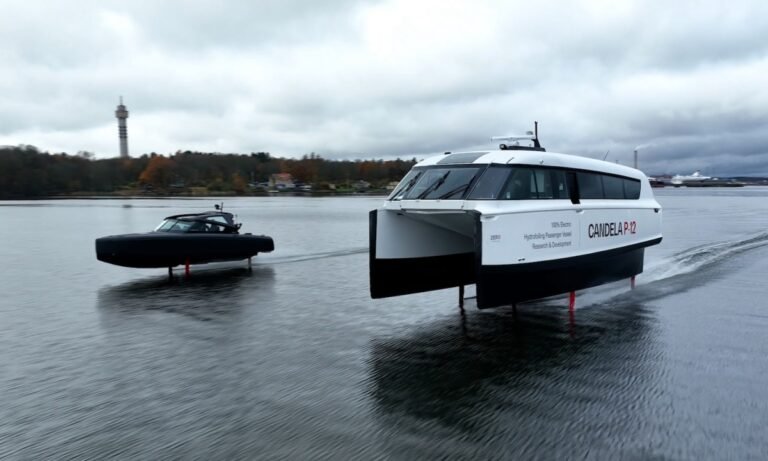
Electric boat maker Candela is approaching cruising speed with $25 million in new funding and the first commercial deployment of its new P-12 ferry, in New Zealand.
The P-12, a ferry design that can handle up to 30 passengers, made its debut late last year.
Like any other industry, you have to know when to buy and when to build, and big boating companies are happy to buy — or invest.
Candela’s boats use hydrofoils with electric engines mounted on the bottom to effectively fly above the surface of the water once they get past a certain speed, vastly reducing energy consumption — historically and understandably a sticking point for electric boating.
Theh $25 million round was led, as mentioned, by Beneteau, with participation from EQT Ventures, Ocean Zero LLC, and Kan DelaAB.
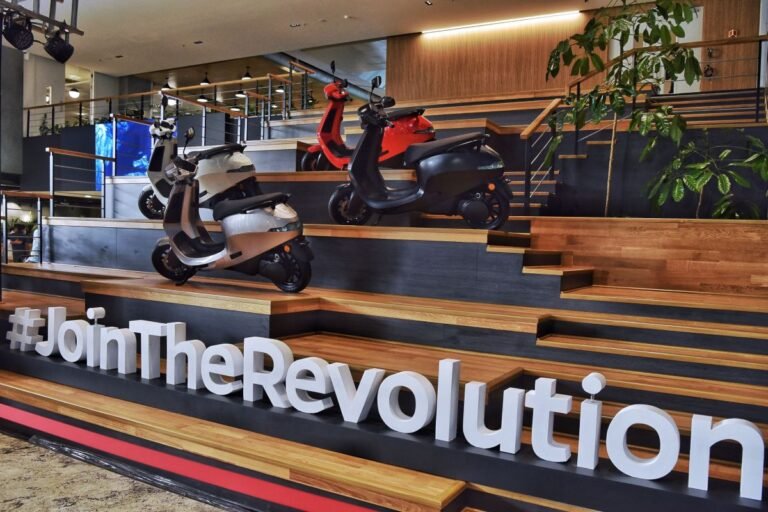
The number of startups in India’s electric two-wheeler market has surged to over 150 from 54 in 2021, driven by government incentives to promote clean vehicles and cut oil imports, according to a new analysis.
“Most are competing in the mainstream, and 85% of the 65 models launched last year were such products: high-speed as against speed and range-constrained products, which used to be a feature of the startups,” Bernstein analysts wrote.
The government has offered incentives under its FAME II scheme, which provides subsidies to buyers and was recently extended to 2024.
Bernstein’s analysis found low barriers to entry, with electric two-wheelers built using outsourced models and readily available components.
Most established automotive companies have been granted PLI while only a few startups qualified, potentially providing a cost advantage for major incumbents, Bernstein said.













